How to write gender questions for a survey
- Only ask about sex and gender when it’s necessary for your research project
- Let respondents know that you’ll keep their data confidential
- Let respondents know how you’ll protect their data
- Use inclusive language and design
- Ask about gender and sexual orientation separately
- Keep sex and gender questions separate as well
- Allow respondents to self-describe with answer fields or dropdown questions
- Use conditional logic to create a personalized survey experience
The appropriate way to ask about gender in a survey has become progressively more important in the past several years. According to a January 2024 article titled “Measuring the Growth of Gender-Inclusive Surveys Around the World” in Survey Practice, an e-journal published by the American Association for Public Opinion Research, the use of gender questions with more than two answer options increased between 2012 and 2022.
Researchers uncovered some important facts:
- In the United States, 64 percent of surveys included three or more gender categories in gender survey questions by 2022, up from 16 percent 2012.
- In Canada, 80 percent of surveys included three or more gender categories in survey questions by 2022, an increase of 59 percent since 2012.
- The use of non-binary gender answer options on surveys also increased in several other countries in that 10-year time span, including Australia, the UK, France, the Netherlands, and Brazil, among others, according to researchers.
While researchers haven’t conclusively determined one “right” way to ask gender questions on a survey, there are a number of reliable best practices that are important to follow in order to ensure accurate survey results and foster inclusivity. More on that later.
In this article, we’ll share when and why you may need to ask questions about gender, discuss how to ask about gender in a survey in a way that’s inclusive and respectful, and review how Jotform can help you create a gender-inclusive survey.
Why it’s important to ask about gender in a survey
The National Institutes of Health (NIH) defines sex as a “biological construct based on anatomy, physiology, genetics, and hormones” and gender as “a multidimensional construct that encompasses gender identity and expression, as well as social and cultural expectations about status, characteristics, and behavior as they are associated with certain sex traits.” Put simply, while sex is assigned at birth, gender is shaped by cultural expectations, family dynamics, societal norms, and other factors.
Gender is an essential part of a person’s identity, and since the factors mentioned above shape identity, gender questions that offer a range of gender identity options — rather than a binary male or female answer option — will capture more accurate data, which will ensure more reliable results in research projects.
Asking about gender in a survey is important when you need to gather meaningful, nuanced demographic data that leads to actionable insights. For example, in healthcare, where sex and gender influence health and disease, precision is especially important. Other categories where gender is particularly relevant include research about labor markets, consumer markets, organizational culture, and city planning, among others.
Let’s consider a few other reasons to ask gender-inclusive survey questions:
- Gender is more complex than the binary options of male or female. Adding more answer options means a wider array of experiences will be included, improving data accuracy and representation.
- Gender-specific data allows for more informed decision-making about policies and programs meant to address disparities among gender groups.
- Accurate gender data is important for studying trends and behaviors that differ by gender.
- Including gender questions that provide a range of gender identity answer options promotes inclusivity and fairness; not providing these options could be seen as exclusionary.
- Gender questions with inclusive answer options help respondents feel respected, included, and validated, which may, in turn, increase survey participation.
- An inclusive survey that collects data on a wider array of experiences and gender expressions can help avoid inherent biases that happen when presenting binary male/female answer options.
How to ask about gender in a survey: Tips and best practices
Knowing precisely how to ask about gender in a survey can be a challenge. The following eight tips for creating a gender-inclusive survey can help.
1. Only ask about sex and gender when it’s necessary for your research project
If you’re asking about gender, explain at the outset why you’re collecting this data and how you’ll use it.
2. Let respondents know that you’ll keep their data confidential
Don’t forget to make it clear that you won’t share respondents’ data with others. You can also make questions that ask about sex, gender, or sexuality optional.
3. Let respondents know how you’ll protect their data
Assure respondents that their data is safe. You can do this at the beginning of the survey, in the section where you address why you’re collecting this data and how you’ll use it. For example, you could share information about the specific security features of the survey software you’re using.
4. Use inclusive language and design
Design your surveys using gender-neutral language that includes all people, regardless of race, ethnicity, gender, sex, religion, age, disability, or sexual orientation, etc.
If you’re asking about gender, avoid binary male/female answer options. If you plan to ask a question about both sex and gender, the Survey Practice article previously referenced recommends the following language:
- What sex were you assigned at birth, on your original birth certificate?
- Male
- Female
- How do you describe yourself? (Check one.)
- Male
- Female
- Transgender
- I don’t identify as female, male, or transgender.
Other inclusive answer options could include
- Non-binary
- Genderqueer
- Genderfluid
- Gender non-conforming
- Prefer not to say
- Other (with an open text field for respondents to fill out, if desired)
You can learn more about sexual orientation and gender identity terminology from the Human Rights Campaign.
5. Ask about gender and sexual orientation separately
Combining gender identity and sexual orientation into one question is problematic because these are two distinct facets of an individual’s identity.
As previously discussed, gender is a social construct shaped by cultural expectations, family dynamics, and societal norms, among other factors. On the other hand, sexual orientation is defined in the Human Rights Campaign’s glossary of terms as “an inherent or immutable enduring emotional, romantic or sexual attraction to other people. Note: an individual’s sexual orientation is independent of their gender identity.”
6. Keep sex and gender questions separate as well
Gender and sex assigned at birth are also different concepts. Ask about these characteristics separately if you choose to ask about both in a survey.
7. Allow respondents to self-describe with answer fields or dropdown questions
Fill-in-the-blank or write-in options are a great way to offer survey participants flexibility in answering using their preferred terms.
For example, you could pose the following question using a dropdown format with an option for respondents to provide their own terms:
- Gender: How do you identify?
- Man
- Woman
- Non-binary
- I prefer to describe myself as: ___________________________________
8. Use conditional logic to create a personalized survey experience
Conditional logic allows survey respondents to skip questions that are irrelevant to them according to their answers to previous questions. This feature lets you tailor the survey experience to each respondent’s identity, making it more inclusive.
How to use Jotform to create a gender-inclusive survey
Jotform offers free gender survey templates that you can customize to meet your exact needs. Participants will be able to select their gender identity, gender expression, and gender role. Add or remove fields with the drag-and-drop form builder, upload your logo, add custom questions, and choose new fonts and text colors for a personalized touch.
With various form fields, you can also give participants space to explain their answers. For example, after asking a question about gender, you can easily add a “self-describe” option by setting up a long-text field.
And finally, use Jotform’s conditional logic feature to create an interactive survey. By setting up conditional logic based on participant answers, your respondents can skip questions that aren’t relevant to them and enjoy a much more personalized survey experience.
Photo by RDNE Stock project



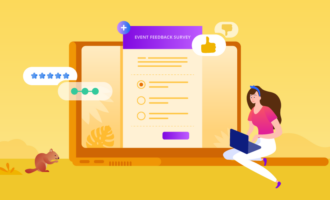

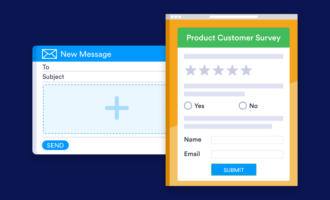














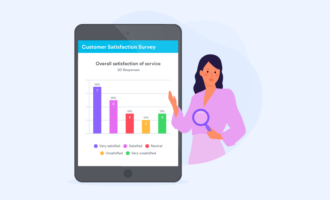
































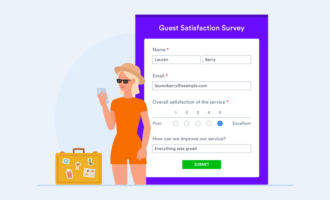







































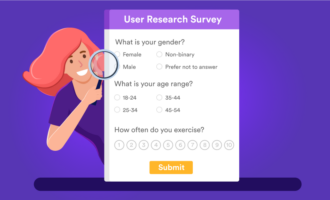







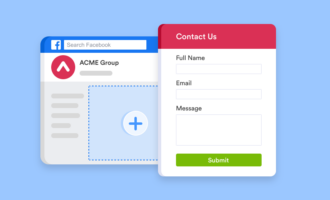

Send Comment: